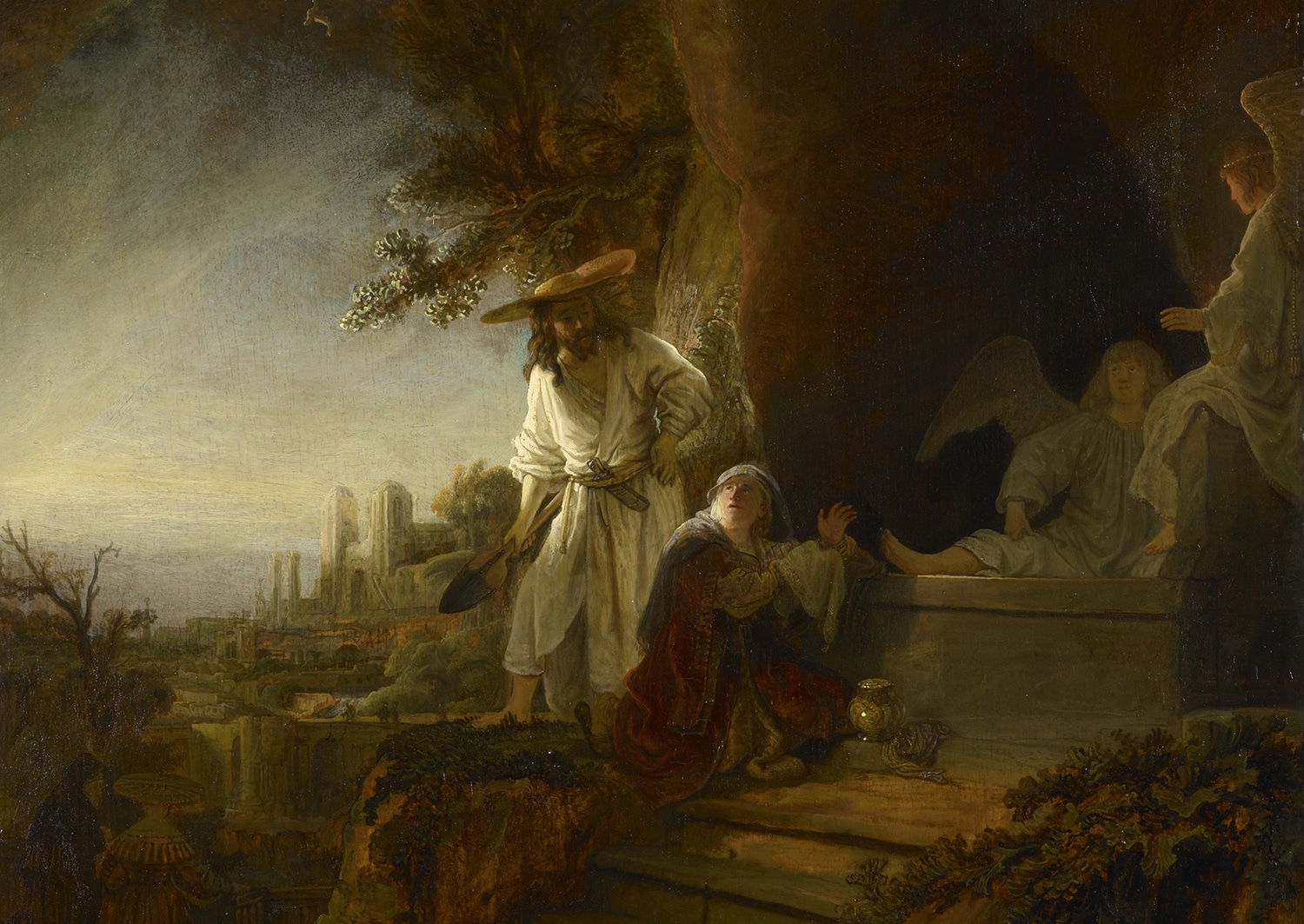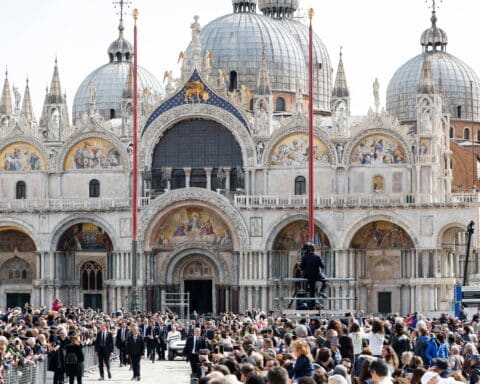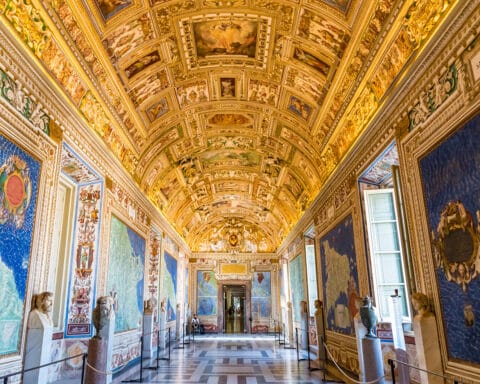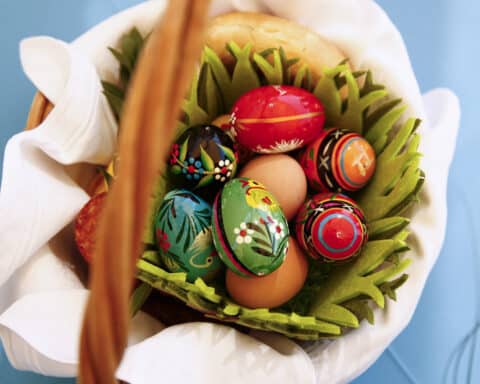Most Catholics have a favorite Easter painting or at least a default image of the resurrection they conjure in their mind’s eye during Easter prayers. Our tradition is full of beautiful depictions of the empty tomb, Christ appearing to the disciples, or Christ on the road to Emmaus.
One of my favorite depictions is by Rembrandt. The scene is set in the aftermath of the crucifixion, as Mary Magdalene discovers the empty tomb. The composition is stunning, featuring warm, spiritual light.
What sets Rembrandt’s painting apart is his unique interpretation. Unlike other artists, he doesn’t depict the famous moment “noli me tangere” (“do not hold onto me”). Instead, he captures Mary Magdalene’s surprise as she recognizes Jesus. This choice is significant, as it underscores the transformative power of being recognized and called by name by the Risen Lord.
But still, there’s more. In Rembrandt’s depiction, Christ is wearing a hat — a big, floppy worker’s hat –which is, in fact, a gardener’s hat. In the painting, the Lord is carrying a shovel and wearing a knife in the belt around his waist.
Rembrandt is highlighting that Mary Magdalene has confused Christ for a gardener. But it is not mere confusion. Christ, as the gardener, reveals that he has come to fulfill the role of the first gardener. Christ is the new Adam. When our first parents sinned, they were exiled from the garden, which had been entrusted to their care. The garden of the resurrection is a new Eden. And set over the new garden is Christ, the new gardener.
In Rembrandt’s painting, Christ is not just the Redeemer but also the cultivator of souls. Like a gardener tending to his garden, he nurtures each soul, guiding us toward spiritual growth and renewal. In the garden, a place of life, growth and resurrection, Christ’s presence illuminates the darkest corners and brings new life from the ashes of desolation.
Called recognize Christ
But the new Adam is not only entrusted with the garden. Rembrandt puts Mary Magdalen at the center of his painting, but she is not the focus. She is the hinge. The light of the painting draws the viewer to Christ and a building on the distant horizon. The building is the temple.
Rembrandt wants to tell us that Christ the Gardener, the new Adam, inaugurates a new pattern of worship. He is the new high priest, calling us to worship. Christ’s position, standing tall against the backdrop of the Temple of Jerusalem, asserts his divine authority.
Easter invites us to reflect on our moments of recognition of Christ — when, perhaps in the whisper of prayer or the beauty of a liturgy, we have heard our names called by the Risen Christ. Pope Benedict XVI assures us, “If we seek the Lord with a simple and sincere mind, we too will find him; indeed, he himself will come to meet us; he will make us recognize him, he will call us by name, that is, he will admit us to the intimacy of his love.” Like Mary Magdalene, we are invited to recognize him in the unexpected places of our lives, in the everyday moments, as much as in the miraculous. Christ the Gardener asks us to see our lives as gardens under his care, where each struggle is a site for potential growth, each act of faith a step toward spiritual flowering.
This Easter, let us embrace the image of Christ the Gardener, who cultivates our hearts, clearing away the weeds of doubt and despair to make room for growth and renewal.





